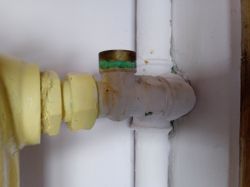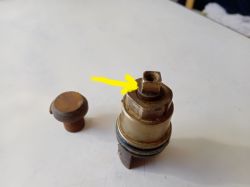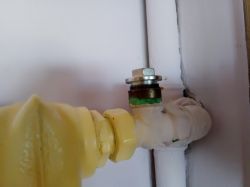mczapski wrote: Well, unfortunately it will not be as good as a colleague came up with. The radiator valve is of the mushroom type but with a brass plug of the sphere segment type. The one on offer is a mushroom with a soft seal. So that it can and can be replaced, but it will not function. Such a knob in the apartment is also not a decoration. Replacing the insert requires draining the system.
Meanwhile, replacing or refilling the sealant doesn't have to be difficult.
Thank you for the answer, this is the information I meant.
So, as I understand it, the new spindle is due to a different structure, even if it can be placed in the old housing, it will not fit into the old structure enough to e.g. stop the water flow to the radiator completely?
He doesn't care so much about aesthetics, it's more about a valve that won't dampen the flow, which is what most new type of radiator valves do, which have a lot of constrictions and block gravity. When I watched this KFA, it seemed to have quite a lot of flow, just like the brass gate valve. Anyway, KFA in large sizes can be found directly at the boilers.
The stuffing box valves were repaired, but not all of them could be repaired, because not always the problem was only in the stuffing box hemp.








